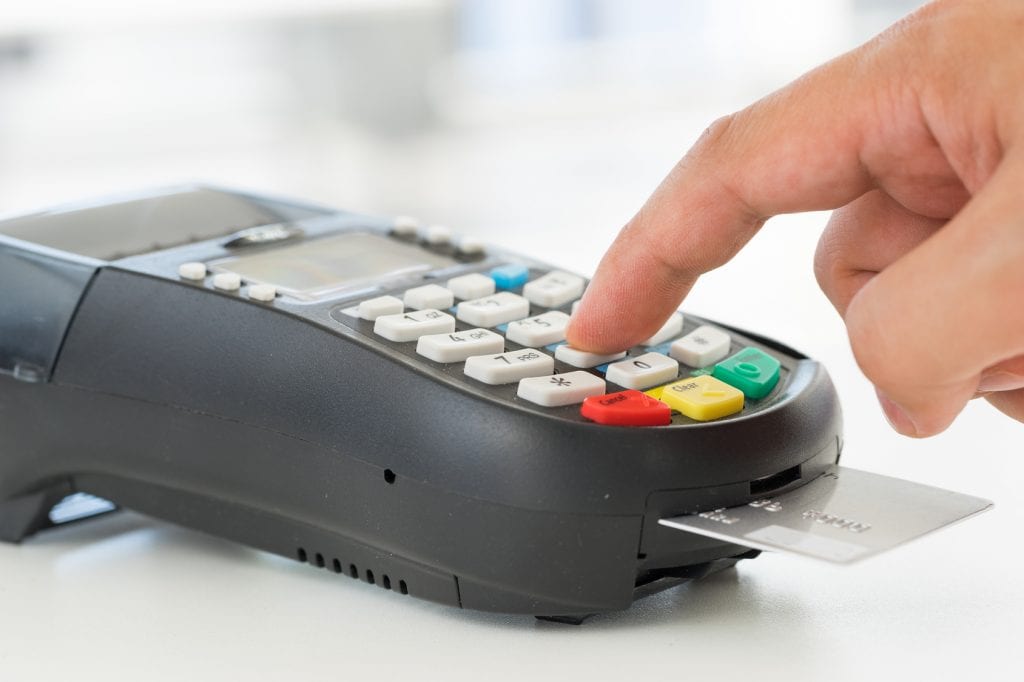In our last piece, we broke down in four simple steps how credit card payment processing works and what you need to know. In part two of this education series, we would like to help you understand the two services you’ll need to accept and manage credit card payments — a Payment Gateway and a Merchant Account —and the difference between them. I also want to introduce bundled pricing and cost-plus pricing. So hold on to your seat for an education ride… here we go.
Payment Gateways
The Payment Gateway sits between the Merchant and Processor, who passes transactions to the Network (MasterCard, Visa, American Express, Discover, etc.) The role of the Payment Gateway is that of a secure information conduit that complies with credit card processing security rules and regulations. Once the card information is entered, the Payment Gateway securely transmits the card data to the Network, who then passes it on to the card’s issuing bank for authorization. All of this happens in the blink of an eye using encryption technologies to ensure confidential cardholder information is never exposed.
The Payment Gateway also provides credit card payment management tools such as reconciling and reporting and automated account updating—which is the process of proactively tracking down outdated credit card information for the purpose of maintaining your recurring payments.
Merchant Account
The merchant account serves as a repository for credit card payments and is linked to your bank account, where funds settle each day. The settlement process happens behind the scenes in coordination with your Payment Gateway.
Merchant accounts are set up directly with a Merchant Provider. Merchant Providers are just that: they are the folks that provide the account to you, the merchant. However, not all Merchant Account and Payment Gateway providers are created equal. A good gateway will provide all of the tools you need to submit payments to the networks at a reasonable price that is easy to understand. If your gateway operates a cost-plus pricing model, you can clearly see exactly what you are being charged and by whom.
Want to learn the difference between cost-plus pricing and bundled pricing? Many of the big processors operate a pricing model that is known as bundled pricing. This is typically comprised of a flat fee, plus a percentage of the payment and typically runs in the range of 2.9% + 0.30 cents per transaction. Sometimes called tiered pricing, this pricing model seems convenient and straightforward. The rate is the same, regardless of whether or not data is passed with the payment. Although this pricing model is easier to understand, it makes it impossible for you to know how all the fees break down. Merchants collectively pay millions of dollars a year in overcharged interchange.
Cost-plus pricing is more transparent because you know how it breaks down. Each interchange fee is identified, as well as the processing mark-up, so you can see exactly how your cost is calculated.
As the industry quickly changes, it is critical to keep up with new technologies and also how traditional technologies are transforming and being used differently. Good luck, and don’t be afraid to continue “getting smart.”
